Use these simple exercises to build strength and relieve your lower back pain.
While stretching can often bring relief to a sore, tight back, it won’t fix the underlying problem. In fact, over-stretching the low back without addressing muscle imbalances and weakness can exacerbate the issue.
It’s important to work on improving whole-body flexibility and strength when targeting acute lower back pain. When you work on your back muscles, the core, the legs, and the hips, you’ll naturally help improve lumbar stability.
Suffering from a sore neck, back and shoulders? Get our mobility guide to ease pain and soreness.
Get The FREE Mobility Guide To Fix Your Pain Today!
These nine targeted back strengthening exercises will not only reduce pain and make you less prone to injury, but also improve posture and agility, and boost your overall physical well-being.
Aim to perform this sequence three days a week, alongside your daily flexibility and movement routine.
Glute Bridges | 15 reps
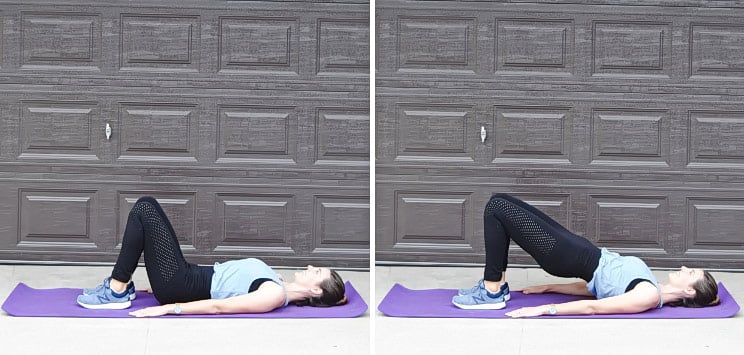
This exercise works to strengthen the glutes, hamstrings, and low back, without placing any pressure on the lower back itself. Loop an exercise band around the thighs to increase the challenge.
- Lie on your back with your feet hip-width apart. Place your arms by your side, palms down.
- Squeeze your glutes and press your hips up to the ceiling until your knees, hips, and shoulders form a straight line.
- Slowly lower your body back down.
- Repeat for 15 reps.
Tip: The movement is powered by the glutes, not by pressing into the feet or clenching the low back. Keep your bum and abs engaged throughout to support your spine.
Single Leg Glute Bridges | 10 reps per side
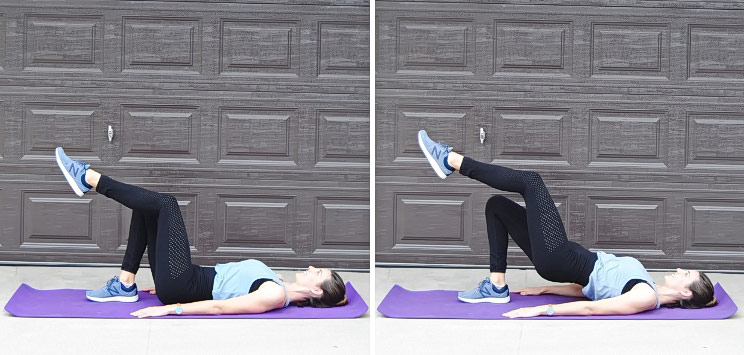
Sometimes back pain occurs when one leg is stronger than the other. When performed regularly, single leg glute bridges can help correct these muscular imbalances.
- Lie on your back with your feet hip-width apart. Place your arms by your side, palms down. Lift your right knee to a 90-degree angle.
- Squeeze your left glute and press your hips up to the ceiling until your left knee, hips, and shoulders form a straight line.
- Slowly lower your body back down.
- Repeat 10 reps on this leg before switching sides.
Tip: You may notice that the hip of the non-lifted leg wants to drop, but you can’t let it! Squeeze that glute tightly to keep the pelvis level as you complete this exercise.
Pelvic Rocks | 10 reps
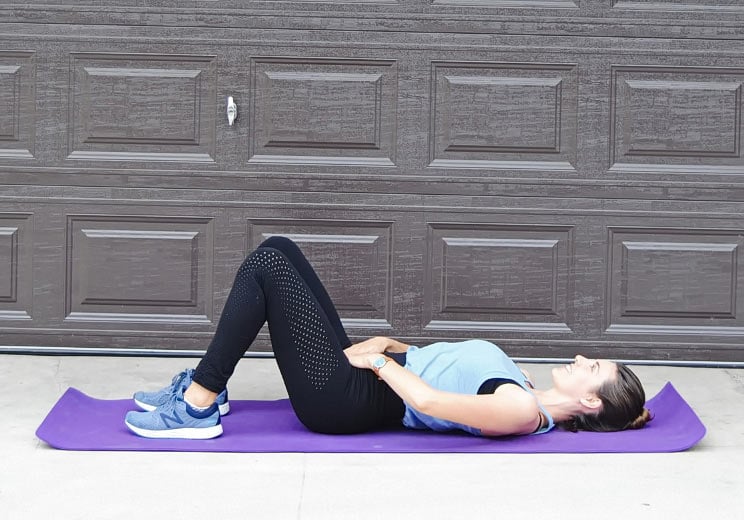
When the abdominal muscles are weak, the muscles of the lower back have to work harder to stabilize the trunk. This exercise activates the core while offering a nice spine stretch.
- Lie on your back with your feet hip-width apart and your spine in neutral. Place your hands onto the front of the pelvis.
- Engage the abs to press the low back onto the floor. Imagine that you’re squashing a grape between your body and the ground. You will feel your lower abs working and your spine lengthen. Try to keep your glutes relaxed here.
- Release the abs and slowly rock the pelvis away so that you create a small arch under the lower back.
- That is one repetition. Repeat 10 reps.
Tip: Place a pillow or small ball between the knees to help activate the core and inner thighs.
Clam | 15 reps per side
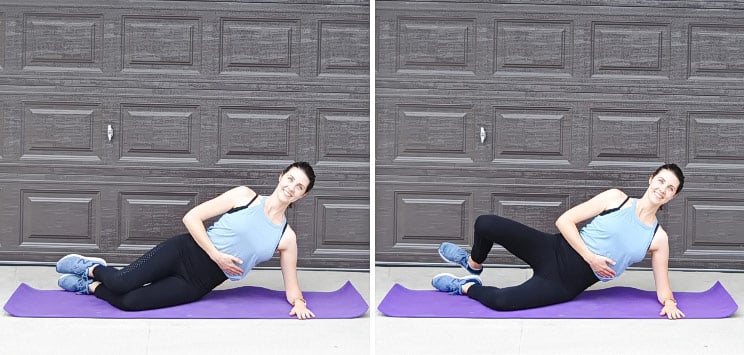
Strengthening the muscles along the side of the hip will improve pelvic stability, which decreases low back pain. (1) This Pilates-based exercise is one of the best for targeting those muscles. Loop an exercise band around the thighs to increase the challenge.
- Rest on your side with your elbow under your shoulder. Bend the knees and align the heels with your tailbone. Keep your spine long.
- Keeping the heels touching, squeeze the top outer hip to rotate the top knee so that it points upward at a 45-degree angle.
- Lower the knee back down to the starting position.
- Repeat 15 reps on this leg, then switch sides.
Tip: Be sure to keep your pelvis still as your move the thigh. If you feel yourself rocking forward or back during the exercise, you can decrease your range of motion.
Side-Lying Leg Lifts | 10 reps per side
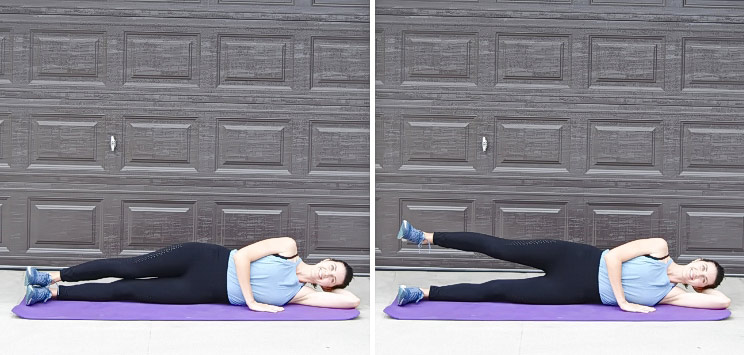
Similar to Clam, this move targets the outer thigh and hip muscles to alleviate lower back pressure. It’s important to maintain a neutral spine position and not allow the body to rock forward or back as the leg lifts. Loop an exercise band around the ankles to increase the challenge.
- Rest on your side with your forearm tucked under the bottom ear. Extend your legs to form one long line with your body.
- Squeeze the top outer hip to lift the top leg up until the foot is at the same height as the hip bone.
- Lower the leg back down.
- Repeat 10 reps on one leg before switching sides.
Tip: You should feel this working the side of your bum and outer thigh. If you don’t, try turning your toes slightly down towards the floor.
Prone Single Leg Lifts | 10 reps per side
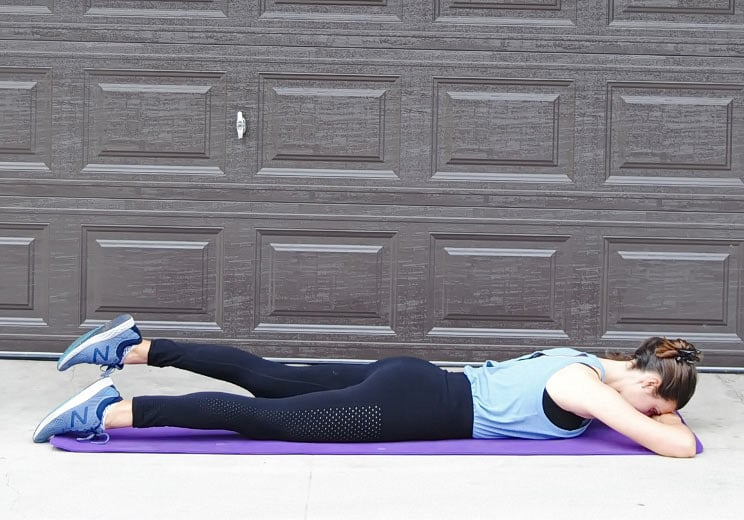
The back extensors are muscles that run along either side of the spine. Single leg lifts strengthen these muscles to improve your posture.
- Lie face down on your mat with your legs hip-width distance apart. Rest your fingertips under your forehead and engage your core.
- Squeeze your right glute and lift the right leg two inches up off the floor.
- Lower the leg with control.
- Repeat 10 reps on this leg before switching sides.
Tip: Keep equal pressure on both hip bones as you move the legs. If you notice that you rock side-to-side on the pelvic, you will need to decrease your range of motion in the leg lift.
Prone Upper Back Extensions | 6 reps
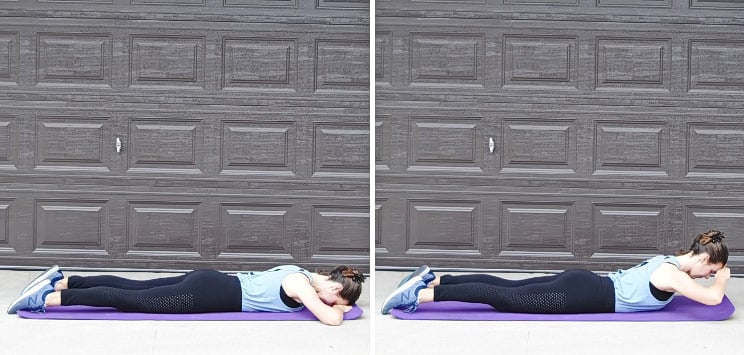
This exercise strengthens the upper back extensors and mid-back, while stretching the front of the body. Keep the abs gently engaged as the chest and head lift.
- Lie face down on your mat in the same position as the above exercise.
- Inhale, draw your shoulder blades together, and lift the chest, head, and arms two inches from the floor.
- Exhale, lower with control.
- Repeat for six reps.
Tip: If this progression feels too challenging or it hurts your low back is gripping during the movement, keep your hands and forearms on the mat and just lift the chest and head.
Sit-to-Stand | 15 reps

This exercise teaches you to properly perform a functional everyday movement, which goes a long way in easing back pain. Hold a heavy weight at the chest to increase the challenge.
- Sit towards the front edge of a chair with your feet hip-width distance apart. Sit up straight. Gently engage your abs and glutes.
- Exhale and slowly stand up, making sure that you don’t thrust your hips forward at the top.
- Inhale and slowly sit back down onto the chair before relaxing your muscles.
- Repeat 15 reps.
Tip: The lower the chair, the more challenging this exercise will be. If you notice that your back starts to strain as you sit and stand, use a higher chair or add a seat cushion to elevate the surface.
Assisted Hip-Hinge | 10 reps
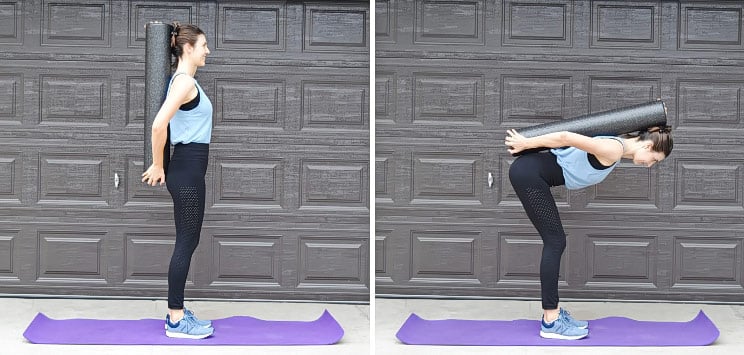
Use a foam roller to help you identify and correct your postural deviations. For example, if your head moves away from the roller during this exercise, it’s possible that you have forward head posture. By regularly repeating this exercise, you will improve your posture and decrease low back pressure.
- Start standing with the feet hip-width distance apart. Hold a foam roller or broomstick against your spine so that it touches the back of the head, mid-back, and rear pelvis. Engage your abs by drawing the belly button in.
- Keeping a bend in the knees, inhale to hinge forward at the hips until you feel a gentle stretch at the back of the thighs. Do not go lower than 90 degrees.
- Exhale, squeeze your glutes, and use the backside and thighs to lift your spine back up to standing.
- Repeat 10 reps, relaxing your muscles between reps.
Tip: The goal is to do this exercise without changing the shape of the spine against the support. To correct any imbalances, you need to keep the back of the head, mid-back, and rear pelvis touching the roller at all times. Move slowly and monitor your alignment at all times.



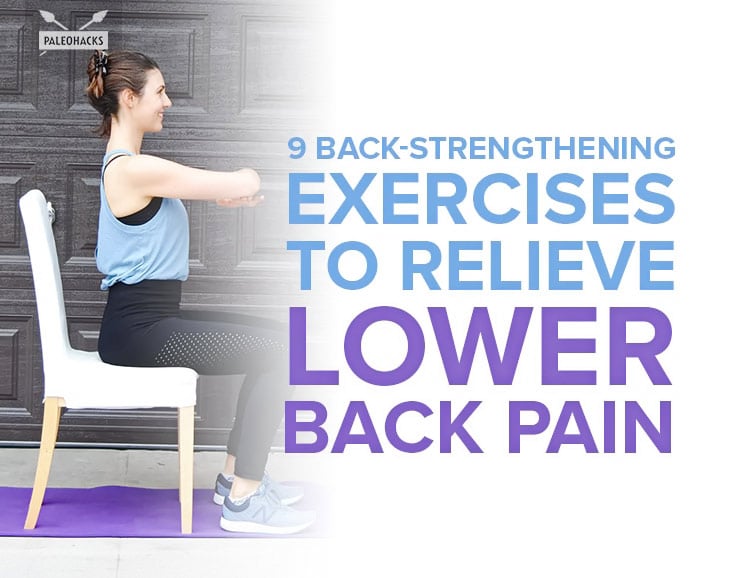
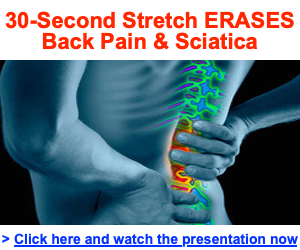
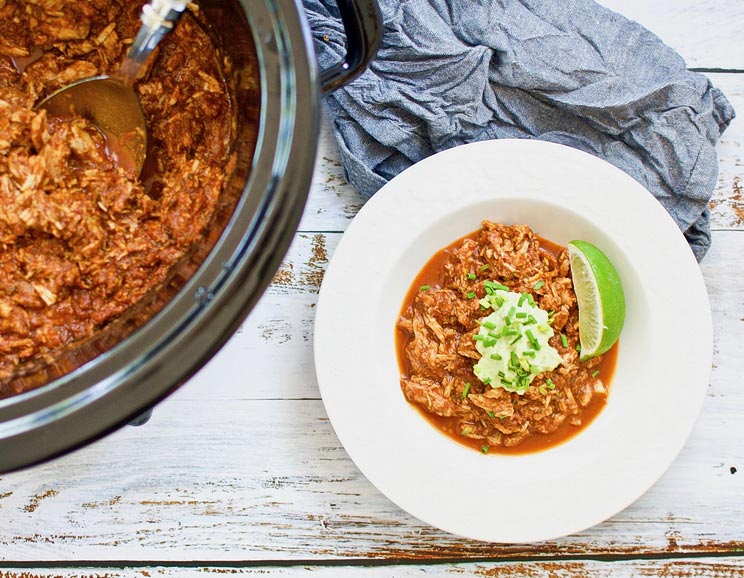 Slow Cooker Keto Pulled Pork Chili
Slow Cooker Keto Pulled Pork Chili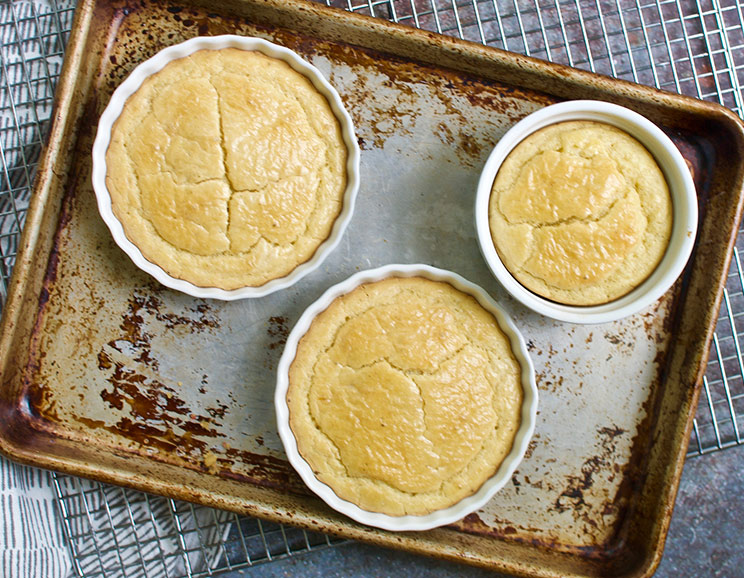
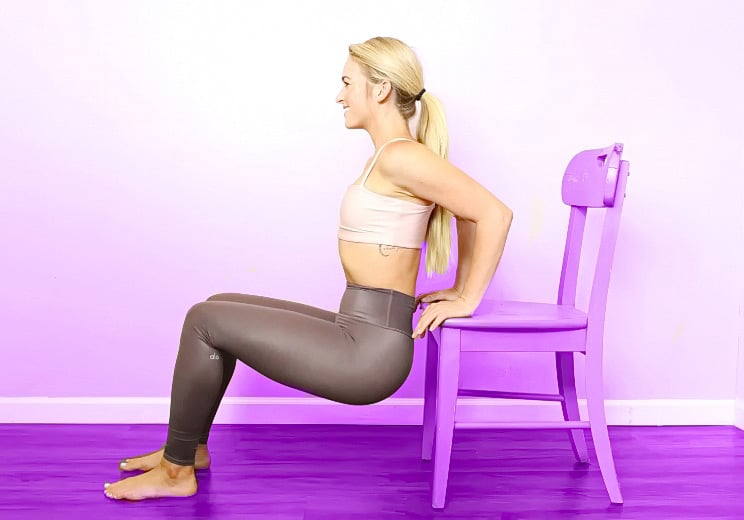


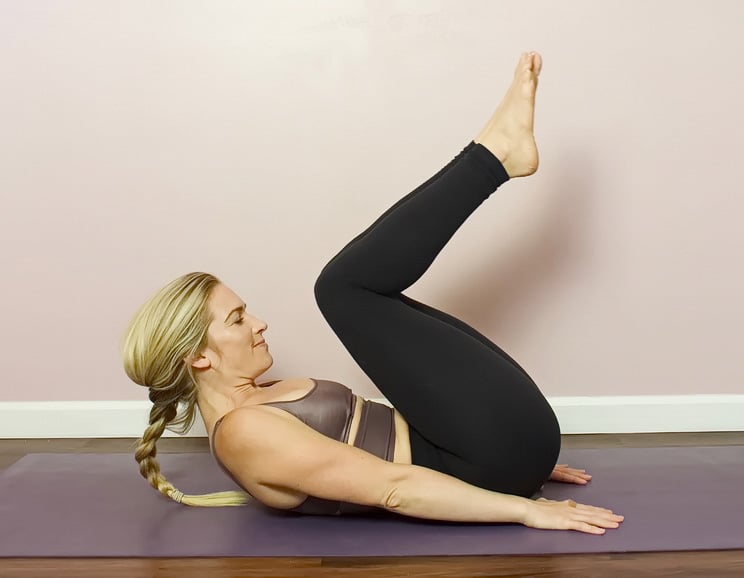
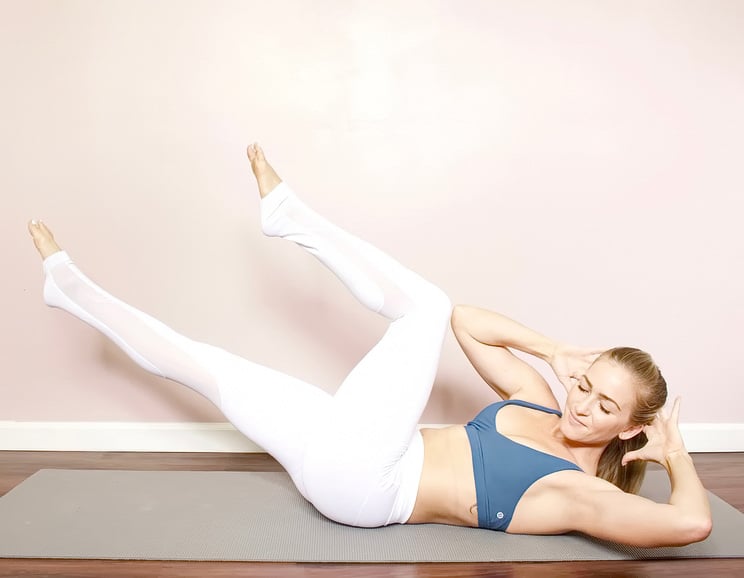

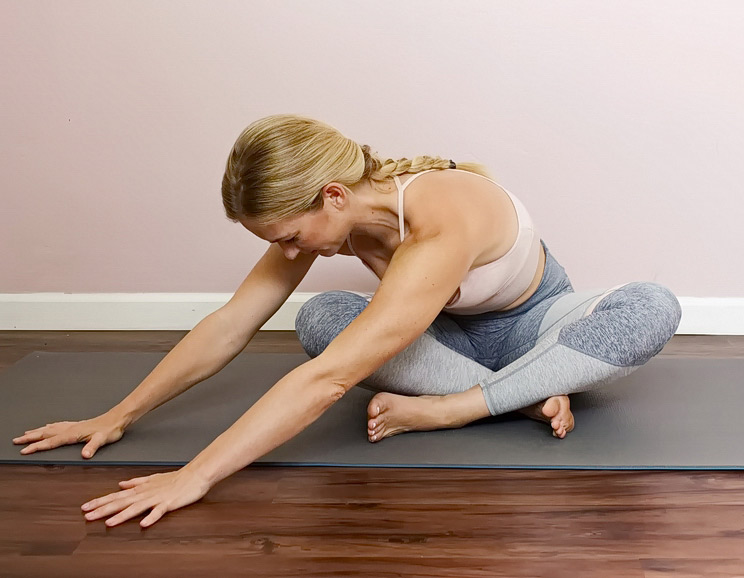
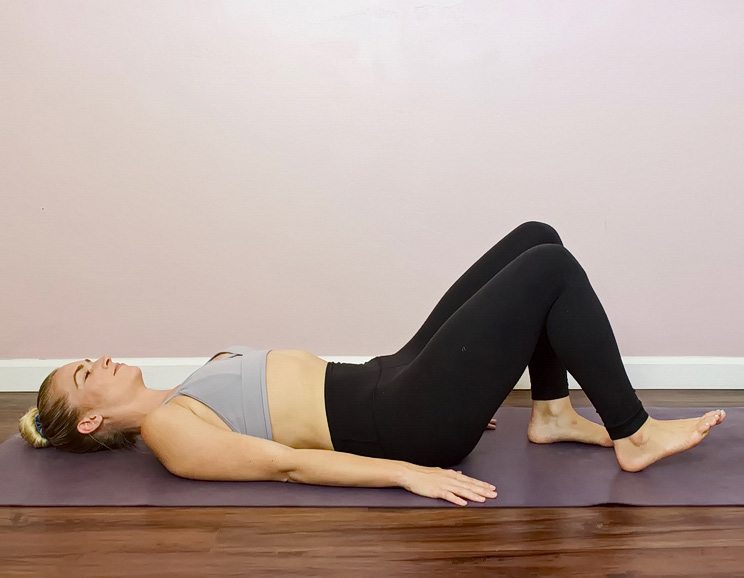
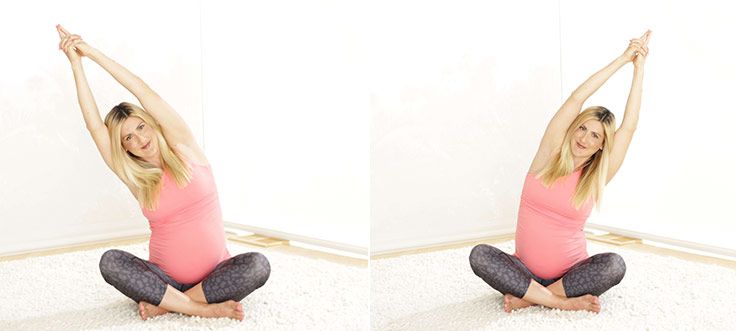
Show Comments